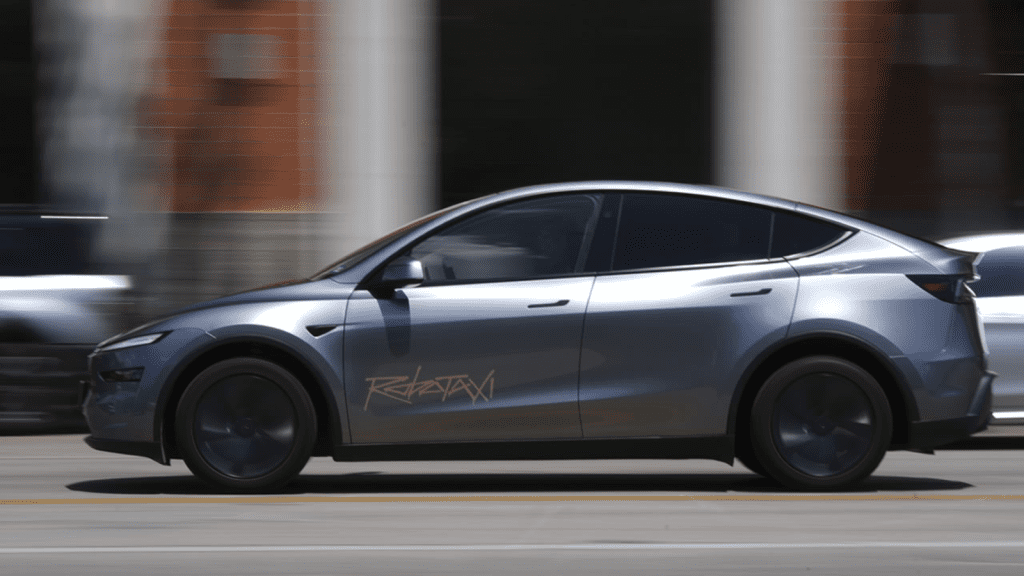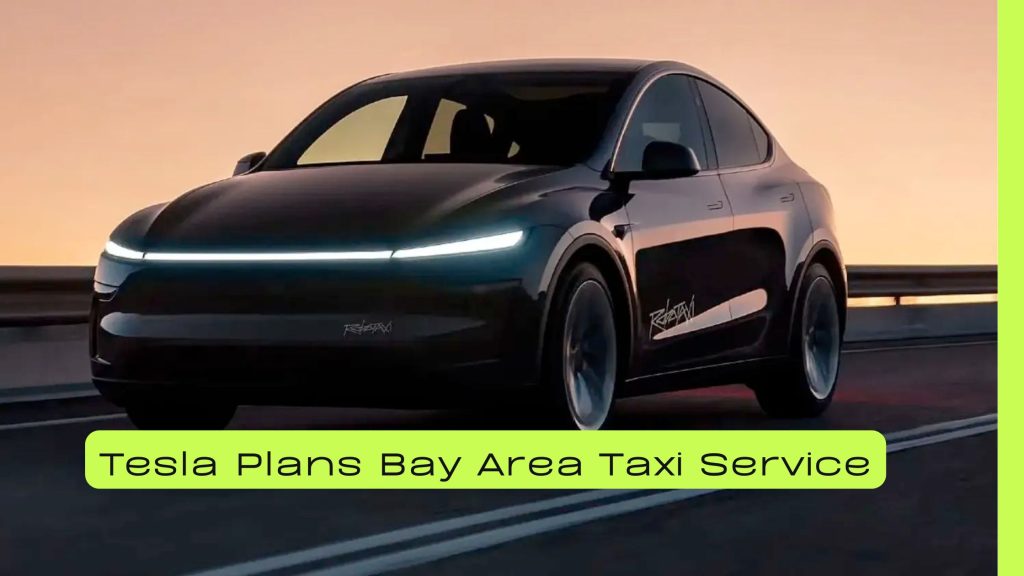Tesla has long hyped its future on robotaxis—autonomous vehicles offering driverless rides. But in California, where AV regulations are strict, its next move won’t be quite so futuristic.
The company recently informed the California Public Utilities Commission (CPUC) that it plans to expand a limited taxi service from Tesla employees to include friends, family, and select members of the public in the San Francisco Bay Area. But there’s a catch: California law prohibits the use of autonomous vehicles for passenger transport without special permits—and Tesla doesn’t have those.

So despite the “robotaxi” branding, human drivers will be required.
“Tesla is not allowed to test or transport the public in an autonomous vehicle, with or without a driver,” CPUC spokesperson Terrie Prosper confirmed.
Legal Gray Zone
In March, Tesla obtained a Transportation Charter Party permit, allowing it to operate a pre-arranged ride service with a driver behind the wheel. That makes the current program legal—as long as it uses non-autonomous vehicles.
On a recent earnings call, Tesla AI lead Ashok Elluswamy said the company is “working with the government” on approvals and will “launch with a person in the driver’s seat to expedite” the rollout. But CPUC clarified: Tesla lacks even the basic permits required to test autonomous vehicles with safety drivers, let alone to deploy them commercially.
“It cannot use a drivered autonomous vehicle in passenger service,” Prosper stated.
Where Tesla Stands—and Slips
The company appears to be telling different stories: calling the service “robotaxi” to investors, while assuring regulators it’s a human-driven operation. Critics say this adds fuel to California’s ongoing legal battle with Tesla over allegedly misleading language, such as “Autopilot” and “Full Self-Driving,” for tech that isn’t truly autonomous.
“They’re giving California more ammunition for the false advertising lawsuit by insisting it’s a robotaxi,” said Philip Koopman, an autonomous vehicle safety researcher at Carnegie Mellon University.
Tesla disbanded its PR team in 2021 and hasn’t commented publicly on the Bay Area rollout.
California vs. Texas: A Tale of Two Markets
Tesla says the new service will cover the entire Bay Area, from Sausalito to Los Gatos. It would be its second local taxi market, following a soft launch in Austin, Texas, last month. Unlike California, Texas lacks strict AV regulations, so Tesla could operate its robotaxis with employees sitting in the passenger seat for safety.
Still, videos from riders in Austin show the vehicles making concerning mistakes—drifting into oncoming lanes, misjudging traffic, and stalling during turns. In each case, the onboard Tesla employee had to intervene.
The National Highway Traffic Safety Administration (NHTSA) confirmed it is reviewing incidents involving Tesla’s AVs.
A Bet on Automation
Tesla’s auto sales dropped 13% year-over-year, and interest in new vehicles like the Cybertruck and Model Y refresh has been underwhelming. CEO Elon Musk insists Tesla’s future lies beyond cars—in automation, robotics, and services.
He’s forecasted that Tesla’s robotaxi ambitions could push its valuation to $20 trillion, even as current legal frameworks stand in the way. Musk also said Tesla is seeking AV approval in Arizona, Nevada, and Florida, which have fewer AV restrictions than California.
Also Read : SpaceX Wants to Send Humans to Mars by 2028 Here’s Why That’s Not Likely

